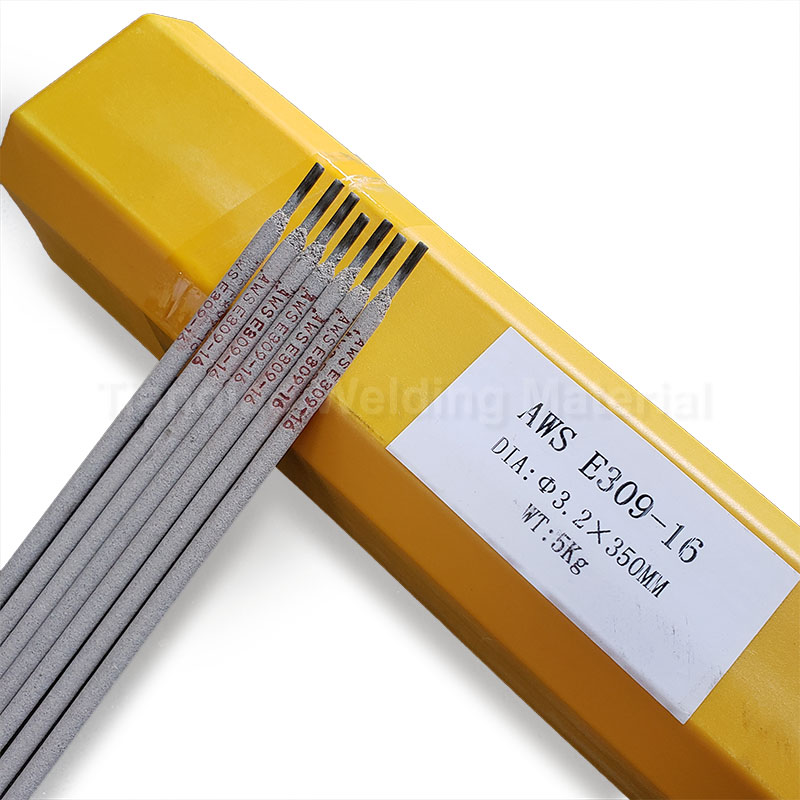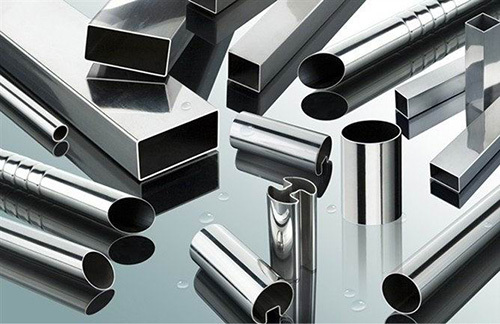Welding is a process in which the materials of the workpieces to be welded (the same or different) are combined by heating or pressure or both, and with or without filling materials, so that the materials of the workpieces are bonded between atoms to form a connection. So what are the key points and notice for stainless steel welding?
What electrode is used for welding stainless steel?
1.Stainless steel electrodes can be divided into chromium stainless steel electrodes and chromium-nickel stainless steel electrodes. Those of these two types of electrodes that meet the national standard shall be assessed according to the national standard GB/T983-2012.
2.Chromium stainless steel has certain corrosion resistance (oxidizing acid, organic acid, cavitation) heat resistance and corrosion resistance. It is usually selected as equipment material for power station, chemical industry, petroleum and so on. However, the weld ability of chromium stainless steel is generally poor, and should be careful to paid to welding process,heat treatment conditions and selection of suitable welding electrodes.
3.Chromium-nickel stainless steel electrodes have good corrosion resistance and oxidation resistance, and are widely used in chemical, fertilizer, petroleum, and medical machinery manufacturing. In order to prevent intergranular corrosion due to heating,the welding current should not be too large, which is about 20% less than that of carbon steel electrodes.The arc should not be too long,the interlayers are coold quickly,narrow bead welding is appropriate.
Stainless Steel Welding Points and Notice
The power supply with vertical external characteristics is adopted, and the positive polarity is used for DC (the welding wire is connected to the negative pole)
1.It is generally suitable for welding thin plate steel below 6mm. It has the characteristics of excellent welding shape and small welding deformation.
2.The protective gas is argon with a purity of 99.99%. When the welding current is 50~150A, the flow rate of argon gas is 8~10L/min, when the current is 150~250A, the flow rate of argon gas is 12~15L/min.
3.The protruding length of the tungsten electrode from the gas nozzle is preferably 4~5mm. It is 2~3mm in places with poor shielding such as fillet welding, and 5~6mm in places where the slot is deep. The distance from the nozzle to the work is generally not more than 15mm.
4. In order to prevent the welding porosity, if there is rust and oil stains on the welding parts, it must be cleaned.
5. The welding arc length is preferably 2~4mm when welding ordinary steel, and 1~3mm when welding stainless steel. If it is too long, the protection effect will not be good.
6. When butt-bottoming, in order to prevent the back of the bottom weld bead from being oxidized, the back also needs to be protected by gas.
7. In order to make the argon gas well protect the welding pool and facilitate the welding operation, the center line of the tungsten electrode and the workpiece at the welding place should generally maintain an angle of 80~85°, and the angle between the filler wire and the surface of the workpiece should be as small as possible. Generally, it is about 10°.
8. Windproof and ventilation. Where there is wind, please take measures to block the net, and take appropriate ventilation measures indoors.
Post time: Apr-26-2023


